‘SURA’ – Dolls Through A Spiritual Narrative
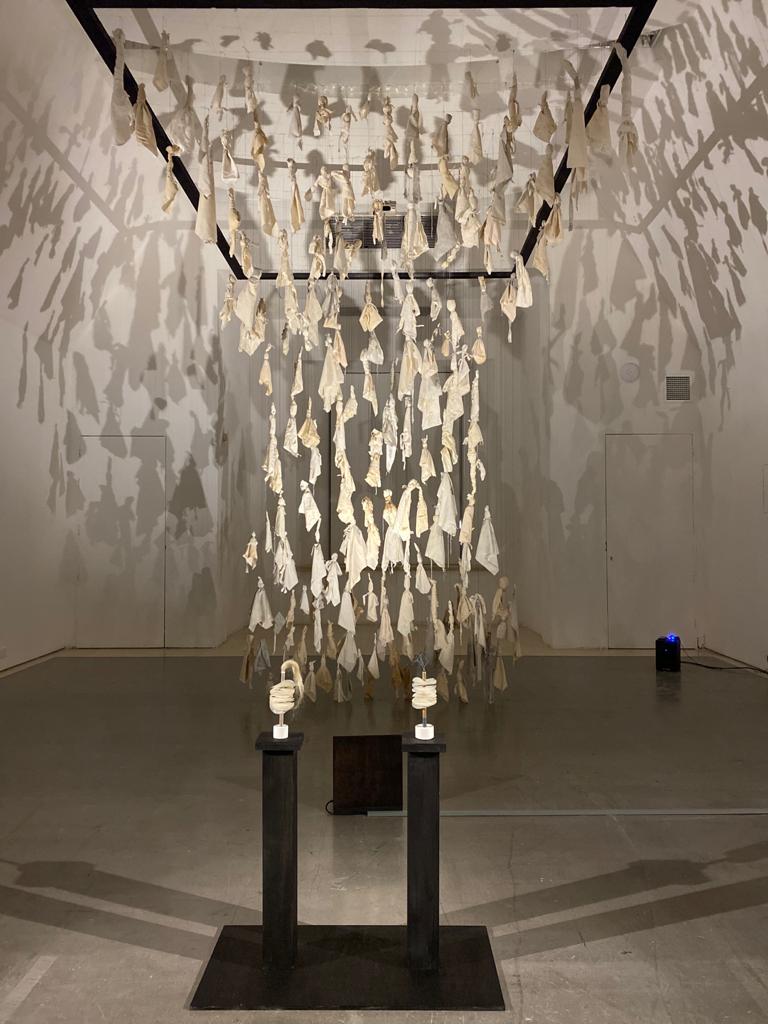
SURA is an interdisciplinary collaboration currently on show at Spazju Kreattiv. Lola Bonnici walks us through the exhibition and shares her reflections about the work and her experience visiting SURA.
In such times of ordeal, the population of Malta has had to face dire consequences due to the corona virus. This has resulted in a lockdown for the islands which has been going on for the past daunting month. It is not surprising that the situation has weighed heavy for many and not excluding those working within the cultural sector. Such a dragged-out year has forced our cultural business innovators to re-consider other options within the respective local art scene which has led to an increase of online events, particularly that of online art exhibitions. A good initiative. It successfully calls for a larger audience by targeting those internationally.
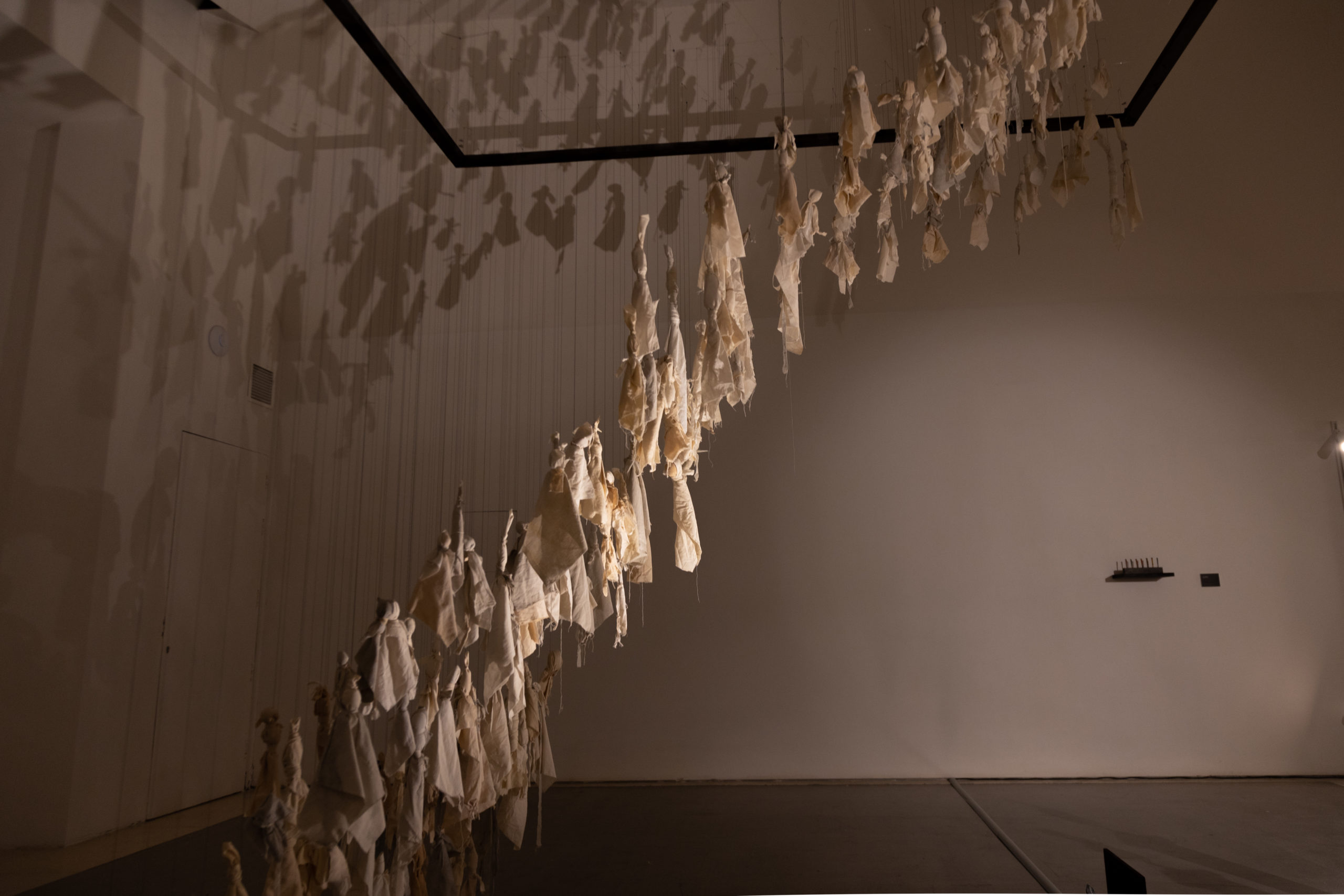
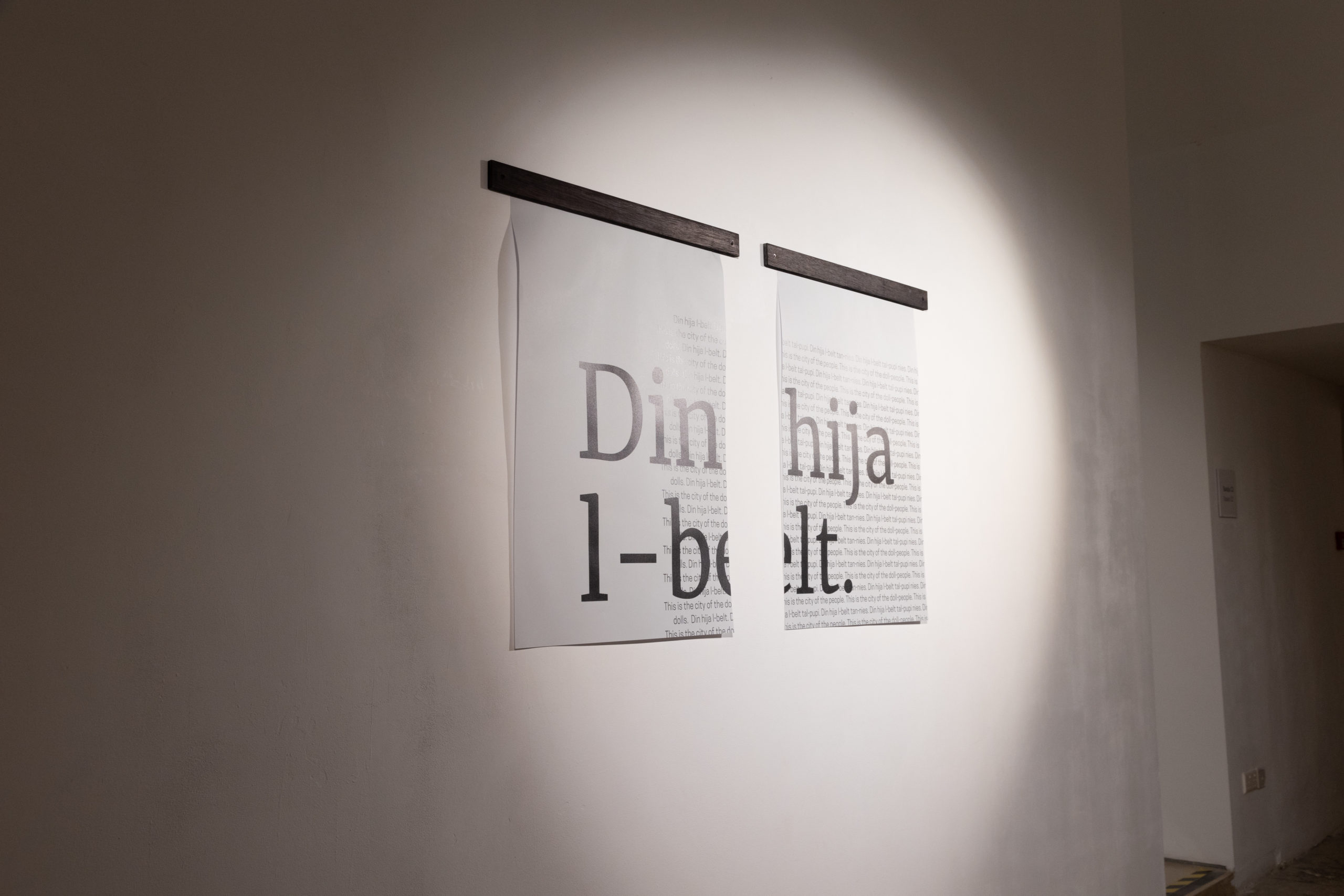

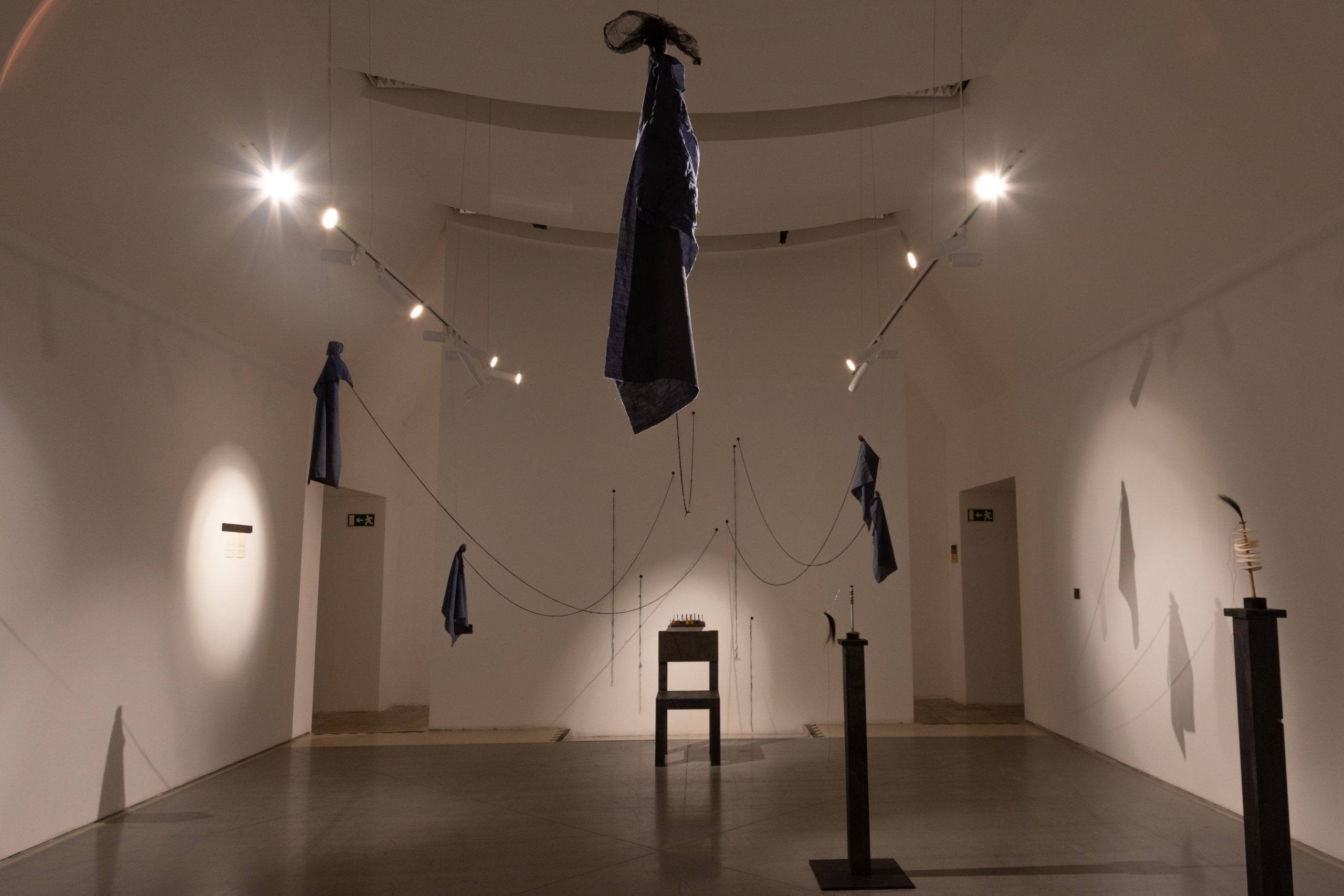
Nevertheless, the physical environment of the space, the hustle and bustle of voices echoing in galleries and our natural perception to work with our prime senses in observing these works, has been undeservedly taken away from us. We cannot deny this feeling of absence, situations that were once considered normal. When the PR officials eventually announce an ease of restrictions, a spectacular gallery that will be opening its doors is none other than that at Spazju Kreattiv in the capital city of Valletta. Curator and Exhibition Designer Elyse Tonna with dedicated support from the SURA production team (Aaron Bezzina, Jamie Barbara and Karl Tonna with the help of Stefan Spiteri, Martina Spiteri and Kim Sammut), have put together the exhibition of SURA.
A collaboration between local artist Glen Calleja and UK/USA artist Lori Sauer, the exhibition SURA characterizes a doll itself, about handmade dolls. The artists’ works ingeniously make reference to traditional dolls from various cultures; some used for practices in witchcraft. Sculptural objects also make up a great part of the theme. Their forms suggest a hint at anthropomorphic and zoomorphic figures which may also implicate manifestations of unearthly beings.
The four rooms at Spazju Kreattiv are curated in such a way that it represents one, holistic sound installation. What is so fascinating is that Calleja’s dolls and Sauer’s industrial looking dolls are at times alluding to an individual stance and at times such contrasting materials, have a way of telling a communal story. Full-blown narratives depicting loss, depicting love, the state of lone wolves or conformists, narratives of impertinent behaviour or the wise. These kinfolks declare a connection with the audience and with society.

On entering the first exhibition room one will see big, bold, black text in front of what looks like a large shrine of lifeless bodies. “we’ve met before.” We might scatter our brains to this statement and the first question we will ask ourselves is “when” or “how”? and suddenly one might feel disturbed or intrigued. We might feel baffled and ask ourselves; maybe we have met; through our experiences or through the passing of generations, maybe through socio-political conditions or maybe the dolls are us; our characters or that of our families; our ancestors. The Shaman would call them “spirit dolls.” Guardians, spiritual healers, mediators, or diviners. Most aid in manifesting the self. Others may bring about evil spirits. This exhibition will leave one filled chock-a-block with questions, where the answers may lie in an infinite amount of paradoxical possibilities.

To provide you only with a brief description of the mystery of these works, Currents, (situated in the second room), seems to tell a story about migration and the consequence of misfortune. The combination of visuals, soundscape and a cleverly written story text by Clare Azzopardi will make the concept seem more apparent. This room has noticeable hovering dolls. Elaborately, these blue draped dolls are tied to wires by their necks. The installation continues with showing an empty chair in the forefront of this vision. Possibly a spectator, an absent one. Sauer’s Il-qxur (id – dghajjes/vessels) is placed behind this chair. The small-scaled sculpture with its rounded shaped discs and the title of the work indicate a lack of space that these vessels would provide. Made from African blackwood, thread, and nails, Azzopardi speaks about the work in the third-person narrative to describe a wreckage
…She drew out the flotsam in me.
And left it a heap on the floor.
The hand-made dolls curiously continue to take up the entirety of the exhibition space at Spazju Kreattiv. From Spring sons to Winter dolls, Happy Peasants to Witches. All carefully composed of primitive materials in which some of these forms are combined with bones, horsehair, or wool. These are elements commonly used for rituals around the globe that usually signify life and death. The kinfolk might signify a somewhere in-between; through a tangle of blood relations or maybe their manifested spirits within us. SURA is a collaborative exhibition full of mystery and talent. One that includes an array of cultural diversity and traditions. I would recommend not to give it a miss!
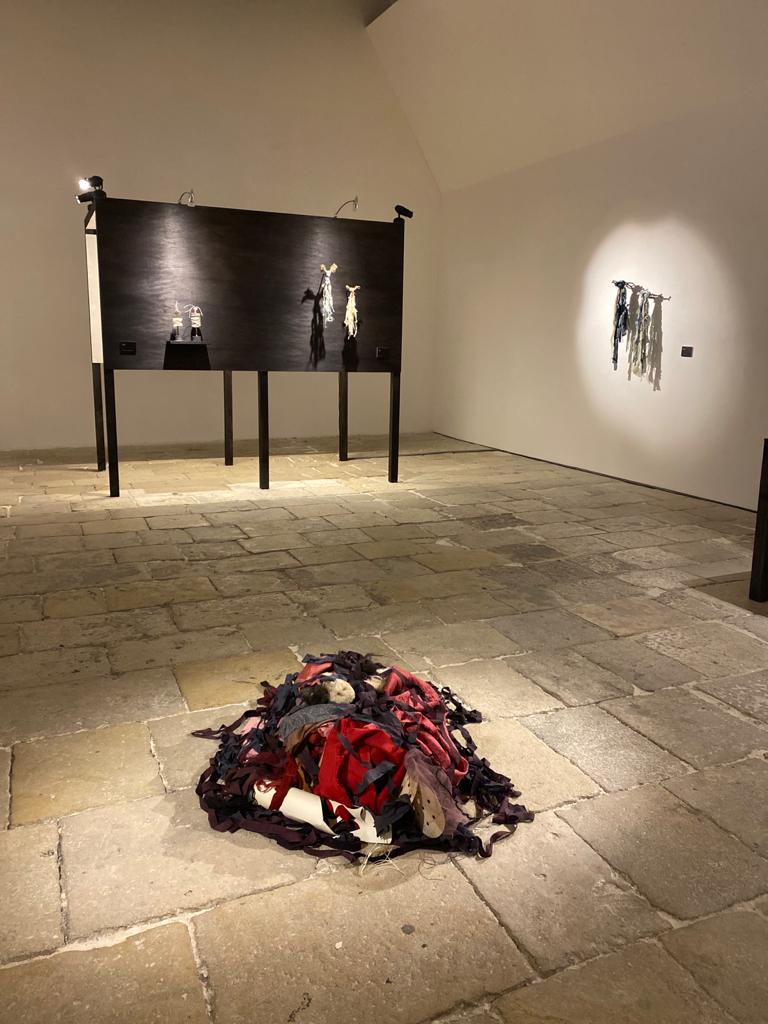
This project is supported by Arts Council Malta. Checkout full details on Spazju Kreattiv event page.
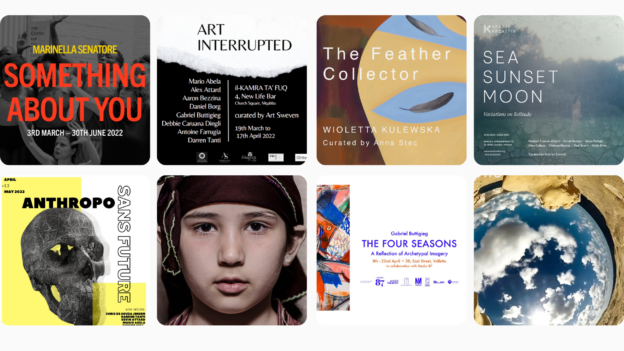

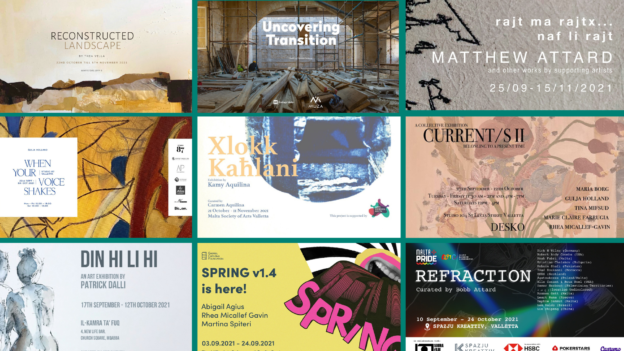


Responses